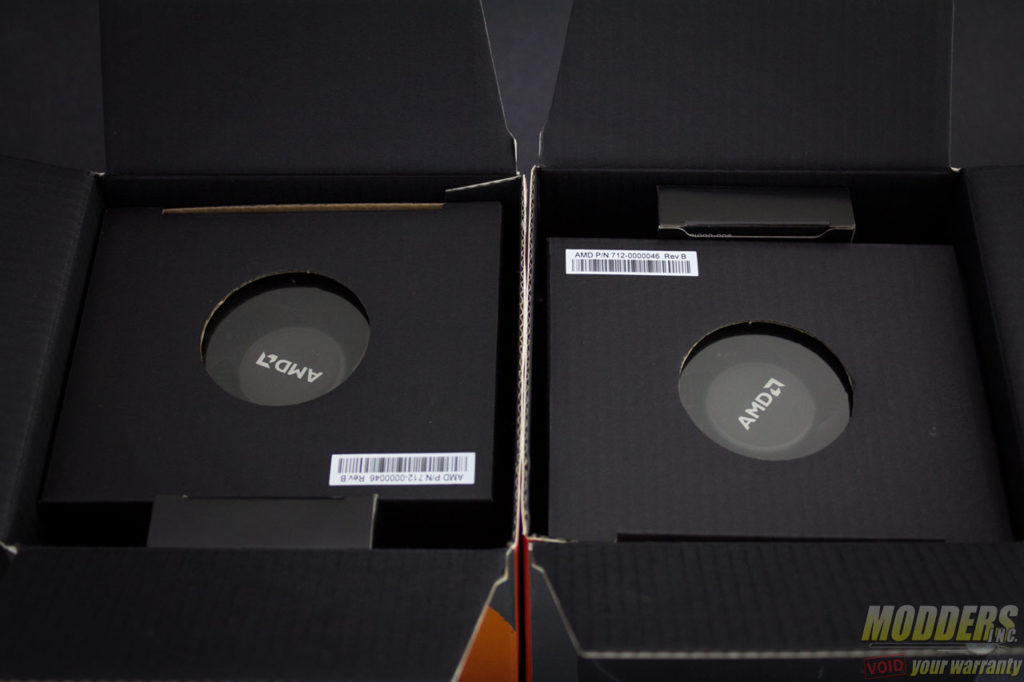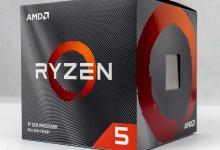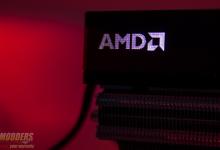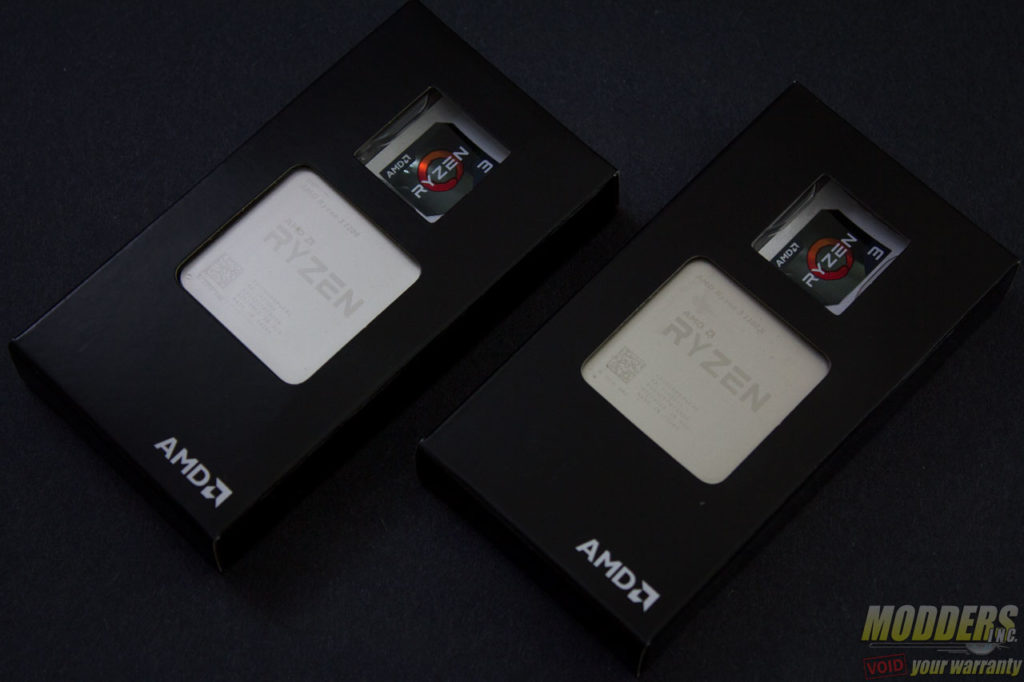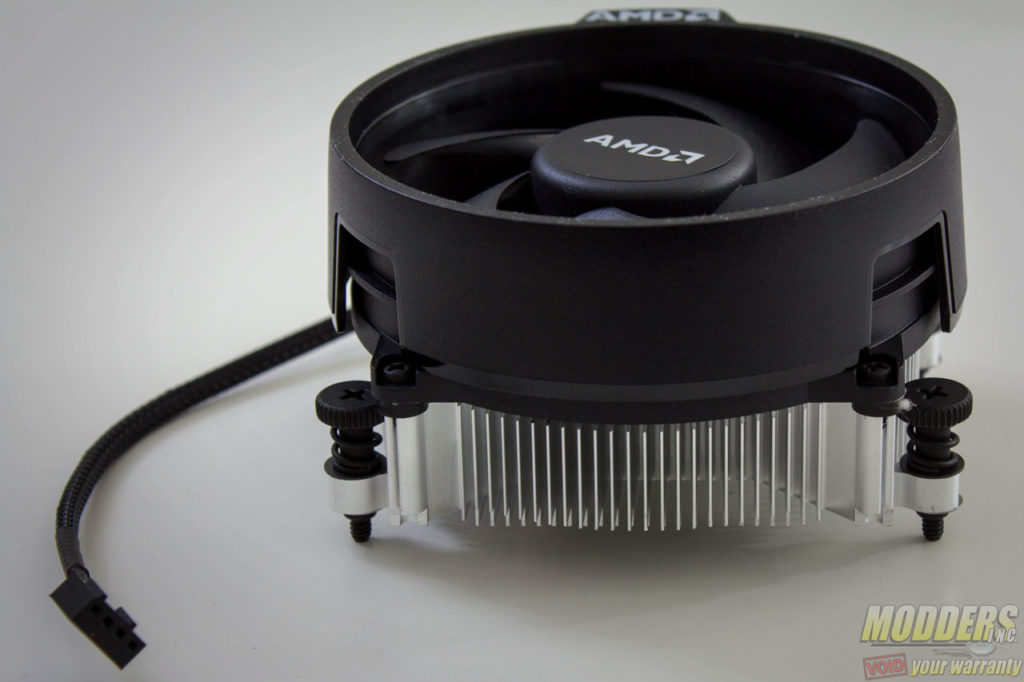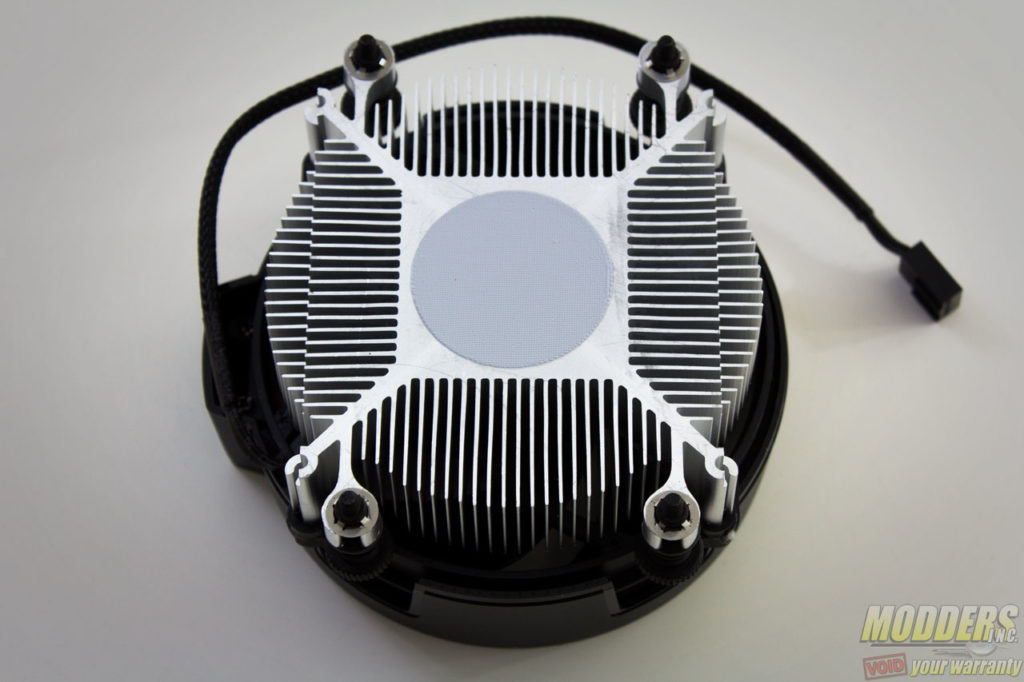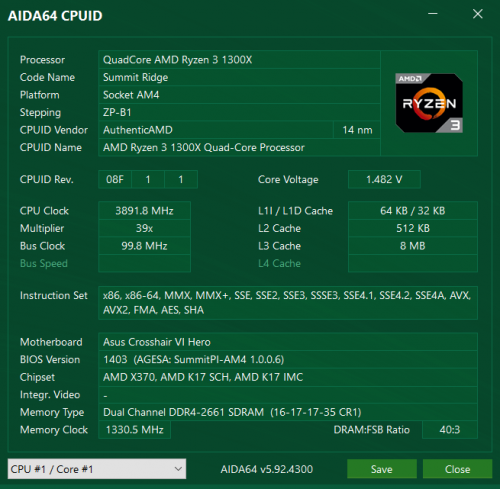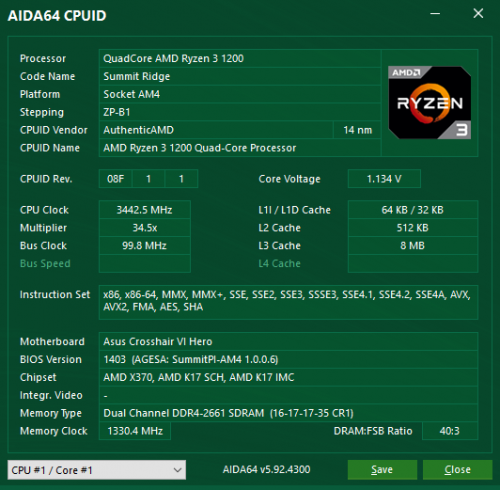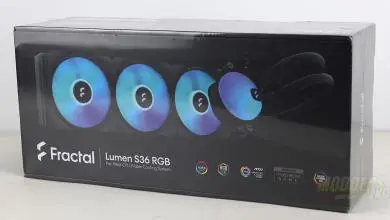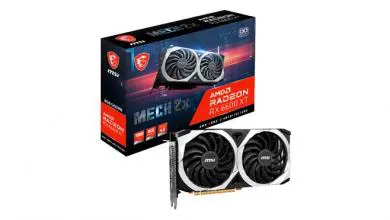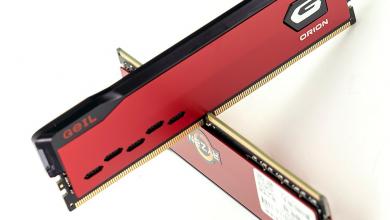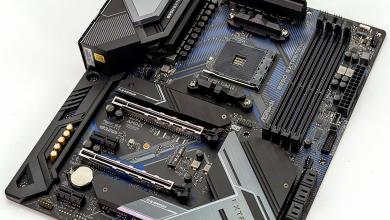AMD Ryzen 3 1300X and Ryzen 3 1200 AM4 CPU Review
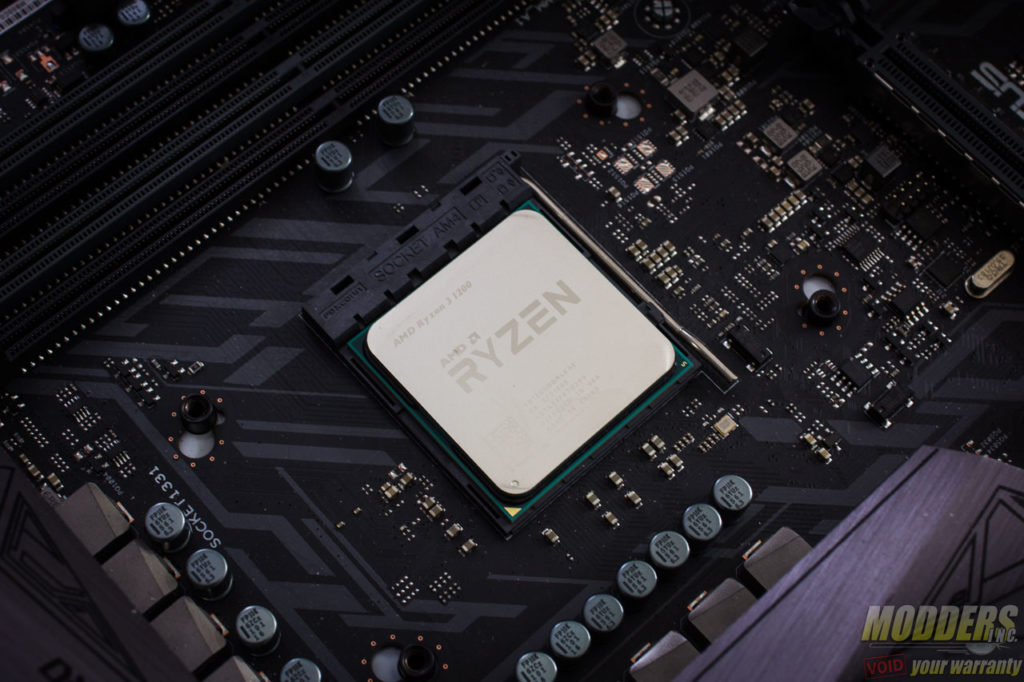
Considering the gap between the FX series and the Ryzen CPU release, the majority of former 6-core and 8-core CPUs are now on the i3’s price point. For the Ryzen 3 1300X and Ryzen 3 1200 to be a success, it not only has to go toe-to-toe with Intel’s entry-level CPUs, but also convincingly show the AMD faithful that the new platform upgrade is worth it.
Packaging
AMD sent over the new Ryzen 3 pair for evaluation, in the retail form that one would see them at the store instead of the typical engineering sample. The Ryzen 3 retail packaging is similar to those with the Ryzen 5 and Ryzen 7 processors which come with a bundled cooler. It has an orange and gray color scheme with the Ryzen CPU in a see-through window in the middle. One can point out the different Ryzen versions with the number on the lower right hand corner indicating whether it is a Ryzen 3 (entry level), 5 (mainstream) or 7 (high-end).
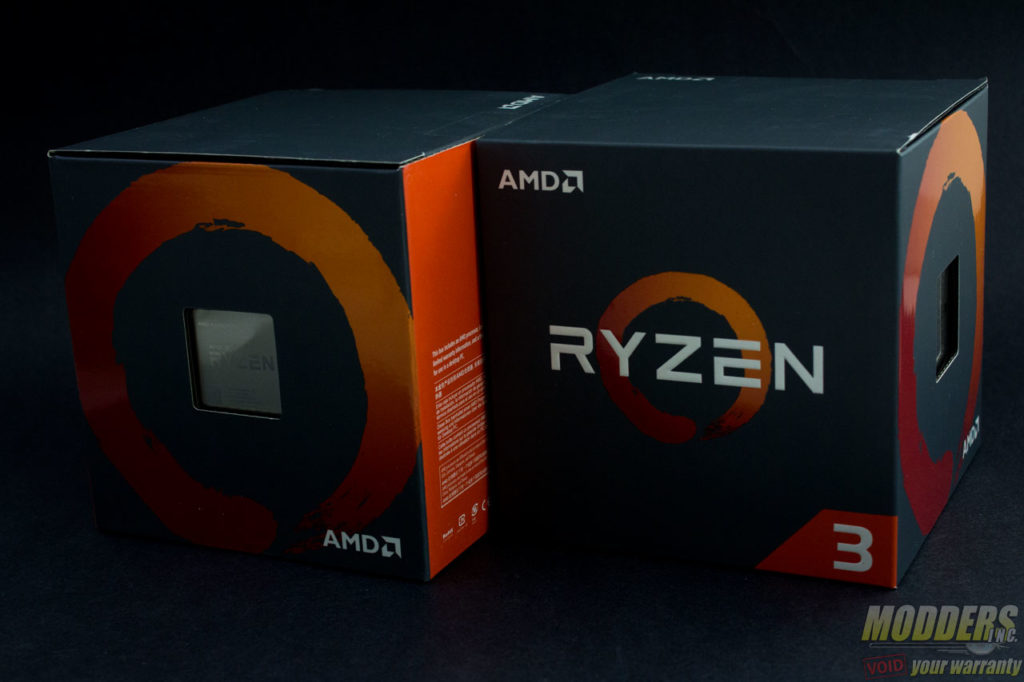
Like the Ryzen 3 and older AMD FX CPUs, the Ryzen 3 CPU includes a sticker/case badge and a warranty documentation inside.
Wraith Stealth CPU Cooler
Unlike the high-end Ryzen 7s which have the Wraith MAX CPU cooler or the Ryzen 5s with the Wraith Spire Heatsink, the Ryzen 3s come with the Wraith Stealth cooler.
As the name suggests, it operates with priority for silent performance. It uses a 90mm downward blowing fan on an aluminum block similar to the Wraith Spire. However, the main difference is that there is no copper core in the middle. The block is a solid aluminum piece with the fins carved out for directing airflow.
The thermal interface material comes pre-applied and installation is extremely easy. Users will need their stock motherboard backplate, although they do not need the bracket. Each corner of the heatsink just has to be screwed into the backplate and it could even be done by hand. Although using a screw driver is suggested. This is a superior mounting solution to the flimsy push-pin design and is much easier to install and remove compared to the locking mechanism of the Wraith MAX cooler.
The 90mm fan is PWM controlled with a wide range of RPM. Although it can go as high as 2700RPM, it hardly moves past 1600RPM during normal operation. On a typical motherboard’s silent mode, it operates as low as 700 RPM in low loads and is virtually inaudible.
Ryzen 3: Entry Level Quad-Core Options for AM4
Both the Ryzen 3 1300X and Ryzen 3 1200 use an identical looking AM4 CPU as the rest of the Ryzen desktop series. Aside from the label on the IHS itself, you’d be hard pressed to tell them apart. The difference lies on the inside however, since both the Ryzen 3 1300X and Ryzen 3 1200 are 4-core versions of the originally 8-core CPU. This means AMD had to do some CPU surgery to cut and disable out some parts. The architecture has two core clusters of four cores making up the 8-core chip. These are interconnected via what AMD calls the ‘Infinity Fabric’.
While it is possible for AMD to cut off one core cluster and only use the other to make a 4-core Ryzen 3 CPU, it does not make sense in terms of thermal management. When you have more load on a smaller space, it will run hotter than when you have it distributed across. Since AMD already went with the symmetrical clusters with 3+3 Ryzen 5’s, the 2+2 arrangement on Ryzen 3’s makes sense.
One feature that AMD did not snip however, is the unlocked performance of the Ryzen 3. This means just like the Ryzen 5 and Ryzen 7, users are free to overclock their CPU and RAM on B350 and X370 motherboards. In comparison, only Intel’s ‘K’ models are unlocked and their B250 budget motherboard is capped in terms of memory performance: 2133MHz when a Skylake CPU is installed and 2400MHz when a Kaby Lake CPU is installed.
The Ryzen 3 1300X and the 1200 both are 65W TDP CPUs with an 8MB L3 cache. That is about half the L3 cache of the Ryzen 5s. In terms of clock speed, the Ryzen 3 1300X runs at 3.5 base with a 3.7GHz turbo and a +200 XFR boost available further. Despite not having an ‘X’ on the name, the Ryzen 3 1200 still has a +50 XFR boost headroom like the Ryzen 7 1700 and Ryzen 5 1400. It operates at a lower base clock of 3.1GHz and has a 3.4GHz turbo.
